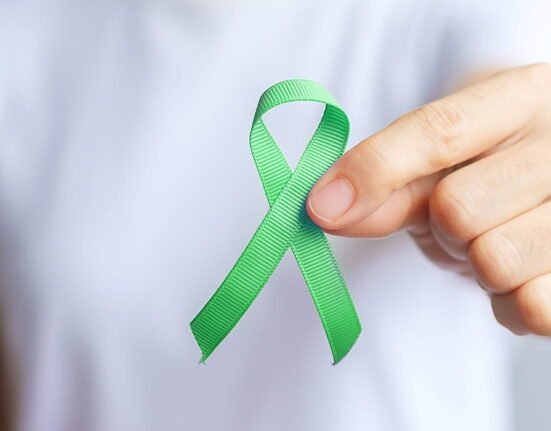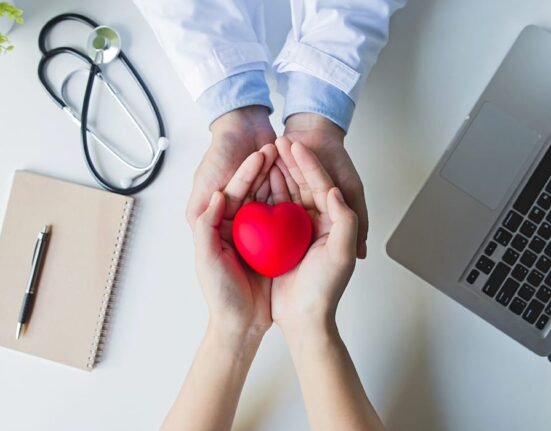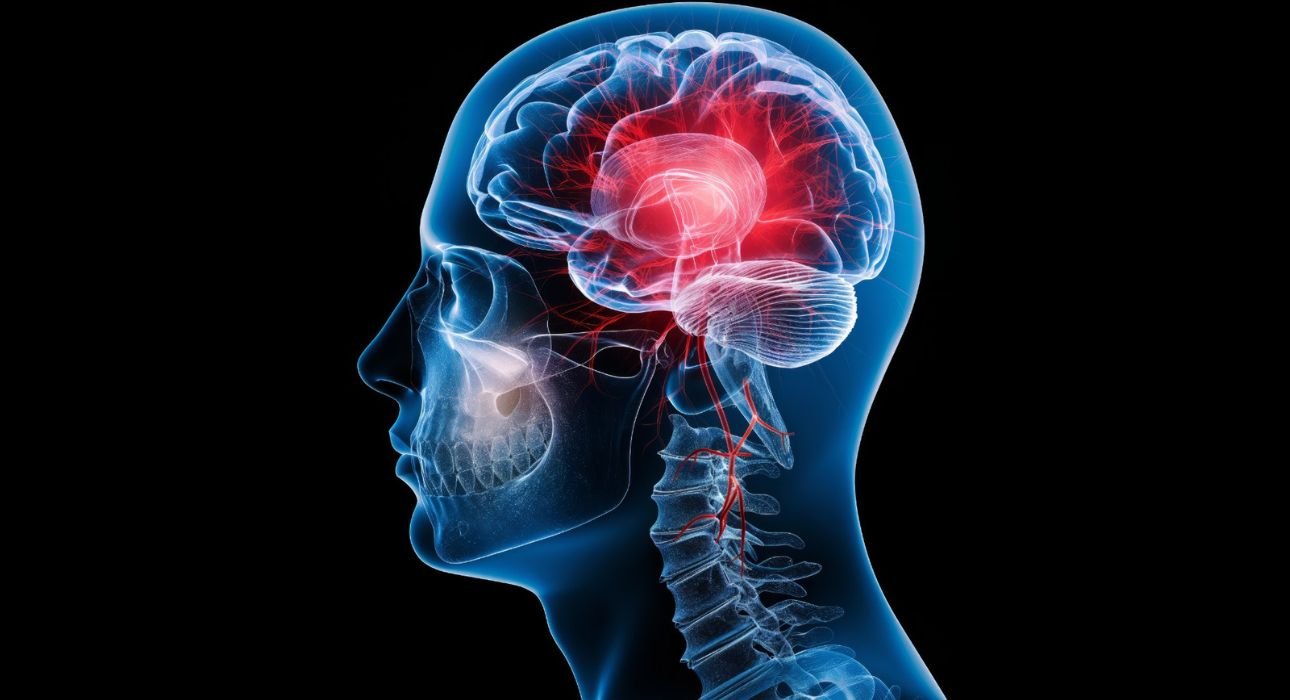A stroke patient in his 70s with a premorbid stubborn and aggressive personality refuses to step out or meet anyone, is irritable and shows frustration and anger in conversations. He is unable to accept his state of mental health making his family on the verge of giving up.
Another stroke patient, on the extraversion spectrum and a spiritual bent, with a rigid pre-morbid personality trait, has an attendant for his daily personal needs such as bathroom visits, meal-time assistance, and other routine activities. He does not go to meet people except for occasional visits to gardens. Even those who try to meet him are reminded of his routine schedule which may not suit them. In the cognitive domain, he has attention, understanding and short-term memory deficits along with a hearing impediment.
These are two cases of stroke without aphasia with different presentations in many domains.
In the latest WHO, 2024 report, stroke was listed as the third leading cause of death worldwide, second in low-income countries. Here, we are not talking about a heart attack. People quite often wrongly use the term interchangeably. A stroke takes place when the blood supply to the arteries of the brain gets blocked due to a clot (ischemic) or rupture (haemorrhage). This causes damage to brain functions depending on the areas affected.

A literature review from five decades (1968 to 2016) suggests that the incidence of stroke in India is much higher than in the Western world, and the prevalence of mental health disorders in stroke survivors remains at 33 per cent (Patra et al, 2023). Therefore, the magnitude of comorbidities, delayed care and attention to stroke patients’ mental health and emotional problems can be unimaginable.
Recent research on the rehabilitation needs of discharged stroke patients in the Indian population (Kamalakannan et al, 2016) suggested that 52 % of respondents required mental health and psychological care that was unmet. This was corroborated in a cross-sectional hospital-based study in central India (Saxena & Suman, 2016) where PSD was persistent in more than 50 per cent of stroke patients.
Despite its rising incidence and prevalence globally, people are unaware of post-stroke challenges and difficulties patients face. Normally, the first thing a family does is call a physiotherapist for the affected side and keep a full-time assistant for helping in activities of daily living (ADLs) But, the broader picture tells a different story. Stroke also affects cognitive functions like attention, perception, memory, communication, and psychological and emotional health, thus, decreasing the overall quality of life.
Read More: Study shows Hot nights can increase cases of strokes by 7%
Psychological Problems Faced By Stroke Survivors
Kneebone & Lincoln (2012) in their paper commissioned by the National Health Scheme (NHS) of England and Northern Ireland identified the following psychological problems faced by stroke survivors: Depression (30%) anger (17%-35%), fear of falling (60%), generalized anxiety disorder (GAD, 22%-28%), post-traumatic stress reactions (10%-30%), involuntary emotional expression disorder (IEED, 20%-30%)), catastrophic reaction (20%), and apathy (27%). Cognitive impairments affect about 80% of stroke patients.
1. Depression and Anxiety
They are common and can even develop immediately after a stroke. Symptoms are the same as those seen in non-stroke patients with major depressive disorder. Therefore, PTSD can take a toll on cognitive functions and lower the survival rate and overall functionality in those with a history of mood disorders and poor mental health. Although it is depression that is identified more, one in four also suffers from GAD. Such patients may constantly worry, be irritable and not be able to concentrate or sleep well. This, like PTSD, can lead to decreased social life and ability to perform daily activities.
2. Apathy
Stroke patients sometimes show a complete lack of emotions or a lack of affect. They show no interest in engaging in activities. This can be seen as a symptom of depression or as a separate construct.
3. Fear of falling
This occurs because falls are common in stroke survivors and those who have a first experience may develop a fear of falling, which is not entirely unfounded.
4. Catastrophic reactions
They are acute distress and agitation that occur when they are unable to understand a situation and don’t know what to do. It interferes with executive functioning and adaptive coping mechanisms, and there is disruption and discontinuity in the sense of self.
Can we even begin to understand the conundrum that this neurological disorder poses? I believe not. Let’s look at other life areas that get affected.
Read More: What Catastrophizing Does to Your Mind—and How to Stop It
Functional Social Support and Network
A comprehensive systematic review done in 2016 by Northcott, Moss, Harrison & Hilari at the University of London Institutional Repository identifies certain factors that play a part in functional social support and network in patients post-stroke and how they perceive life changes.
Social support includes functional support given by people, such as emotional advice, information and guidance, and help in social activities. Studies show that there’s a difference between the subjective or perceived (patient’s feelings of being supported) and the actual or received support (that can be observed or seen) and the former remains quite stable, whereas, the latter changes depending on life’s situations. Then there’s the structural support that comprises family, friends and acquaintances. This includes time they spend with friends who are now stroke patients. It also relates to community or organizational programs that patients are attending.

Changing roles and duties, and difficulties in playing the role of a provider can lead to upheavals in the family causing stress and disharmony. Patients are mostly indoors, managing their routine activities like bathing, and eating, causing a dramatic change in life. Even engaging in family activities, like playing with children or grandchildren now becomes a task. All this can lead to a lot of frustration and an inability to speak about their problems. So, it has been seen that those who communicate their feelings perceive themselves to be more connected and cope better.
Changing roles and duties, and difficulties in playing the role of a provider can lead to upheavals in the family causing stress and disharmony. Patients are mostly indoors, managing their routine activities like bathing, and eating, causing a dramatic change in life. Even engaging in family activities, like playing with children or grandchildren now becomes a task. All this can lead to a lot of frustration and an inability to speak about their problems. So, it has been seen that those who communicate their feelings perceive themselves to be more connected and cope better.
A consistent point that emerged is the reduction of social participation. Stroke survivors tend to participate less in outdoor social gatherings and activities and in general have difficulty in maintaining pre-stroke contacts. Perceived causes of this behavioural change range from being tired, exhausted, reduced mobility and fear of falling, to cognitive dysfunction such as not being able to quickly pick up the phone and an inability to independently use transportation.
Feelings of vulnerability, anxiety and lack of confidence, as these attitudes and stereotypes act as internal contributors to distress. Since they no longer go out for work (for those employed earlier), there is no independent earning. They feel embarrassed about their disabilities further avoiding social contact. They feel family and friends ignore them making them feel incompetent. Patients with aphasia demonstrate these to a greater degree.
Read More: The Psychology Behind Confidence
What can help family life and facilitate social participation?
- Communicating their needs and being able to contribute more to daily life and family can make them feel more productive and confident.
- Being able to express their emotions will make them feel loved and accepted.
- Stroke survivors with a positive and motivated mindset have been shown to do well in engaging with people and being determined to move forward. Humour has been found to assist in being more socially active.
- Support from family members assists in engaging in new activities.
- The quality of their pre-stroke friendships matter, for example, they can re-build friendships with those who live close by, are positive and motivate them.
Assessment and Screening of Psychological Health Thus Becomes Imperative
- Optimal measures for PSD according to a 2014 meta-analysis by Meader, Byrne, Llewellyn & Mitchell are: The Center of Epidemiological Studies-Depression Scale (CESD)
- Hamilton Depression Rating Scale (HDRS)
- The Patient Health Questionnaire (PHQ)-9
- Beck Depression Inventory(BDI)
- The Hospital Anxiety and Depression Scale(HADS)
- The Symptom Checklist-90 (SCL-90)
However, no measures have been validated for screening anxiety after stroke. The Behavioural Outcomes of Anxiety (BOA) questionnaire works well but this has been seen for stroke patients with aphasia (Eccles, Morris & Kneebone, 2016).
A major issue in this entire procedure is the overlap of emotional, cognitive and communication problems seen as a result of stroke and those that are because of mental health disorders. While the Western world has guidelines and resources for screening and addressing psychological health in stroke, India lacks the same.
Little knowledge and awareness about stroke and its consequences along with the financial burden it poses seem to be the main reasons for the gaps in rehabilitation of stroke patients. Thus, a multidisciplinary, patient-centered and culturally sensitive intervention program is the need of the hour and professionals should work on the strategies to implement the same.
References +
Eccles, A., Morris, R., & Kneebone, I. (2017). Psychometric properties of the Behavioural Outcomes of Anxiety questionnaire in stroke patients with aphasia. Clinical Rehabilitation, 31(3): 369-378.
Kamalakannan S, Venkata M G, Prost, A, Natarajan, S, Pant, H, Chitalurri, N, Goenka, S, & Kuper, H. (2016). “Rehabilitation Needs of Stroke Survivors After Discharge From Hospital in India.” Archives of Physical Medicine and Rehabilitation, Volume 97, (9),1526-1532.
Kneebone, I. I., & Lincoln, N. B. (2012). Psychological problems after stroke and their management: state of knowledge. Neuroscience and Medicine, 3(1), 83-89.
Meader N, Moe-Byrne T, Llewellyn A, et al. (2014).“Screening for poststroke major depression: a meta-analysis of diagnostic validity studies,” Journal of Neurology, Neurosurgery & Psychiatry; 85: 198-206.
Northcott S, Moss B, Harrison K, Hilari K. (2016). A systematic review of the impact of stroke on social support and social networks: associated factors and patterns of change. Clinical Rehabilitation, 30(8):811-831. doi:10.1177/0269215515602136
Patra A, Kamalakannan S, Pant HB, et al. (2023). Mental Health Disorders Post-Stroke: A Scenario in India. Journal of Stroke Medicine, 6(2): 100-107. doi:10.1177/25166085231186492
Saxena A, Suman A, (2015)“Magnitude and determinants of depression in acute stroke patients admitted in a rural tertiary care hospital.”J Neurosci Rural Pract; 6(2): 202-207.
WHO, (2024). The top 10 causes of death. Retrieved from https://www.who.int/news-room/fact-sheets/detail/the top-10-causes-of-death












Leave feedback about this